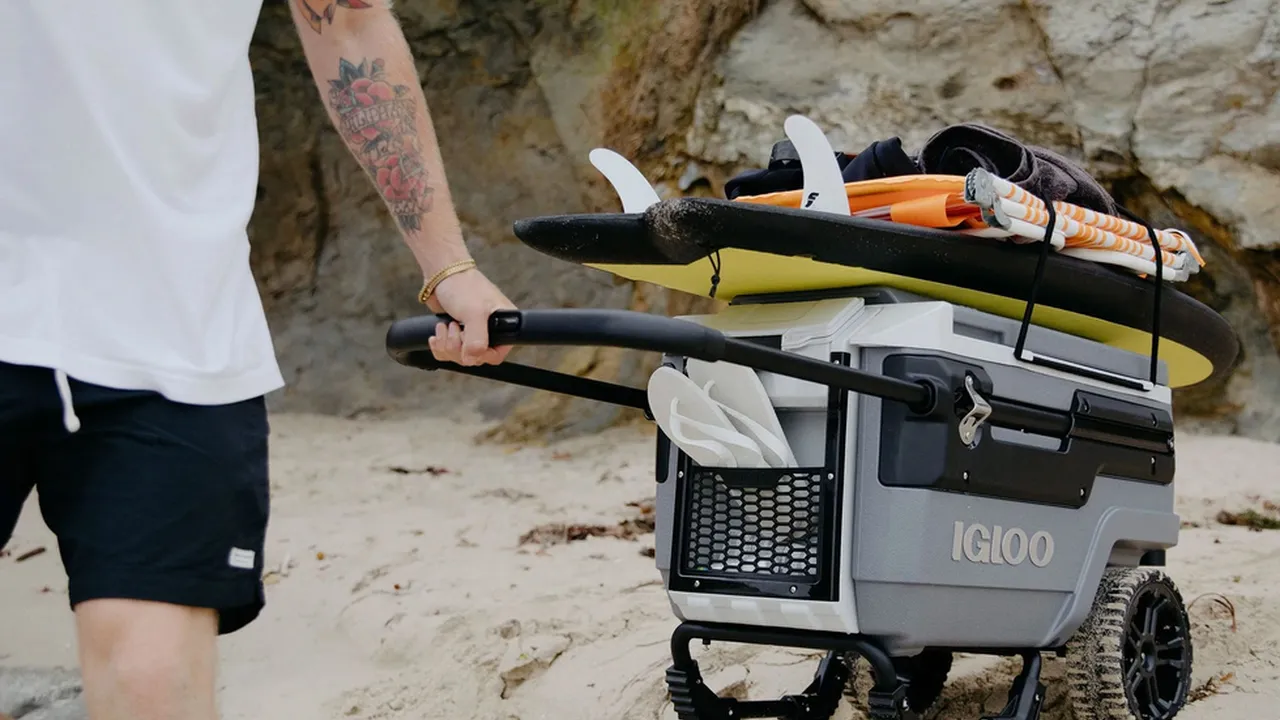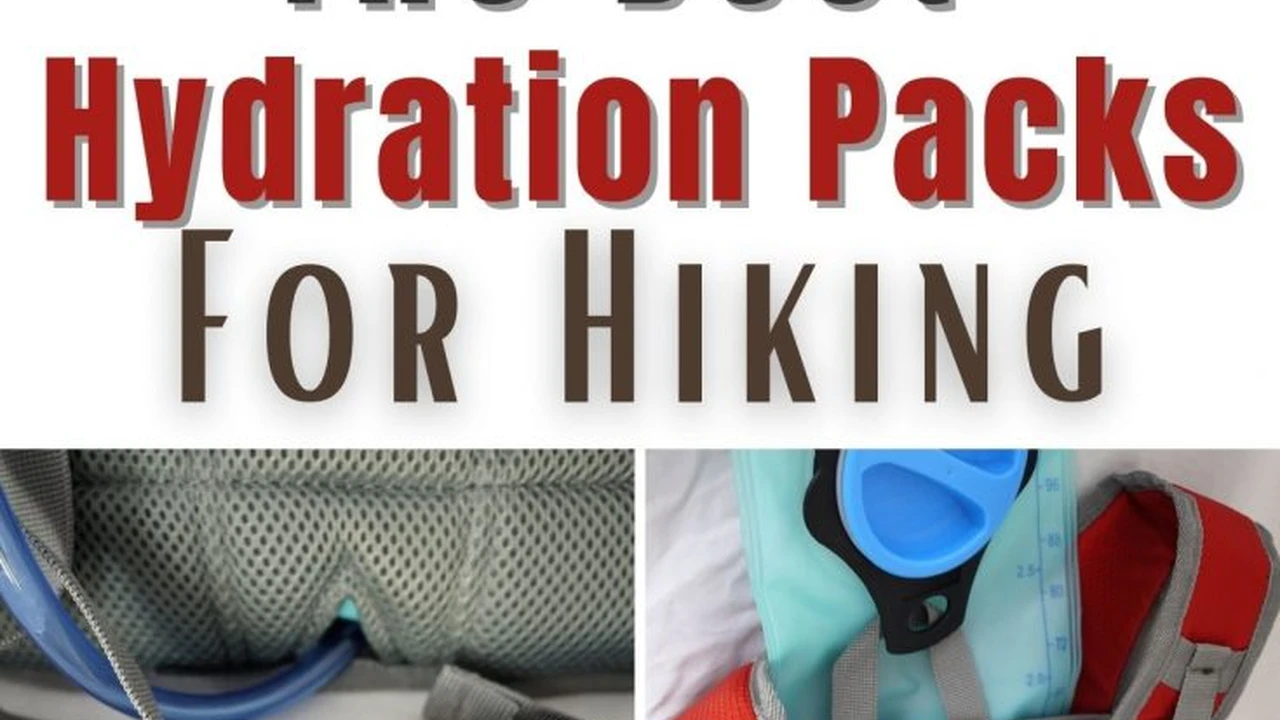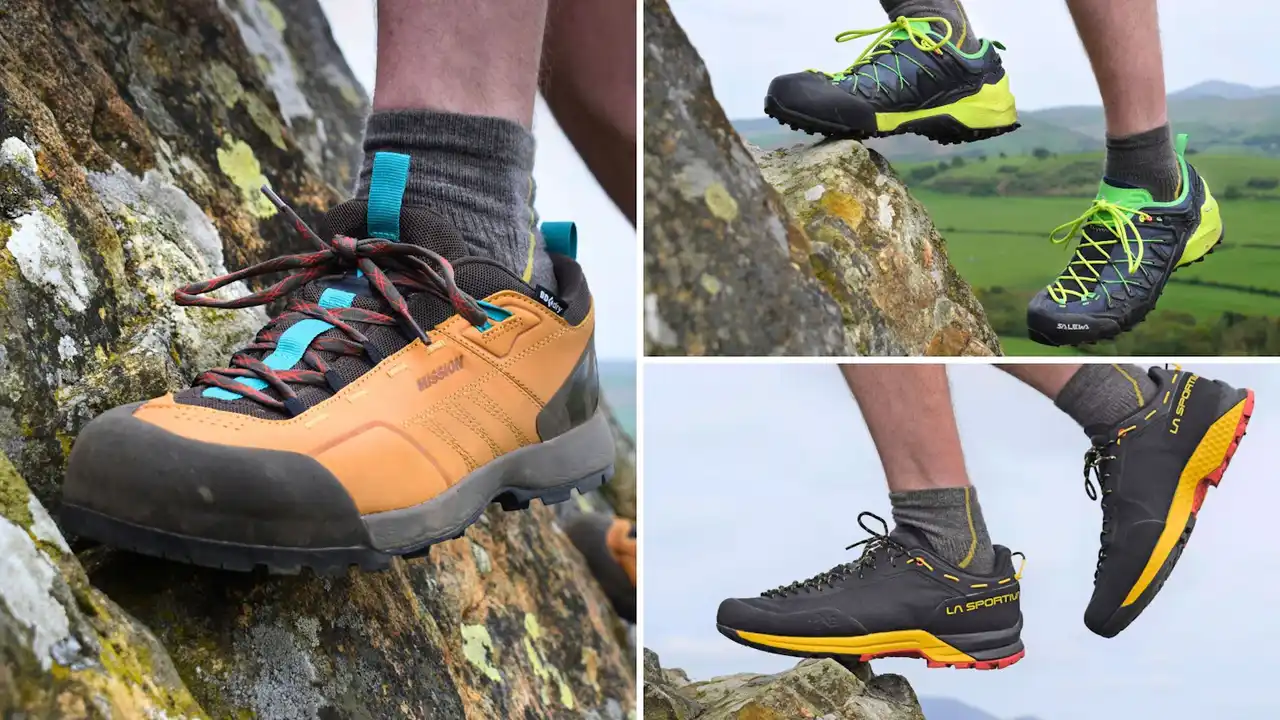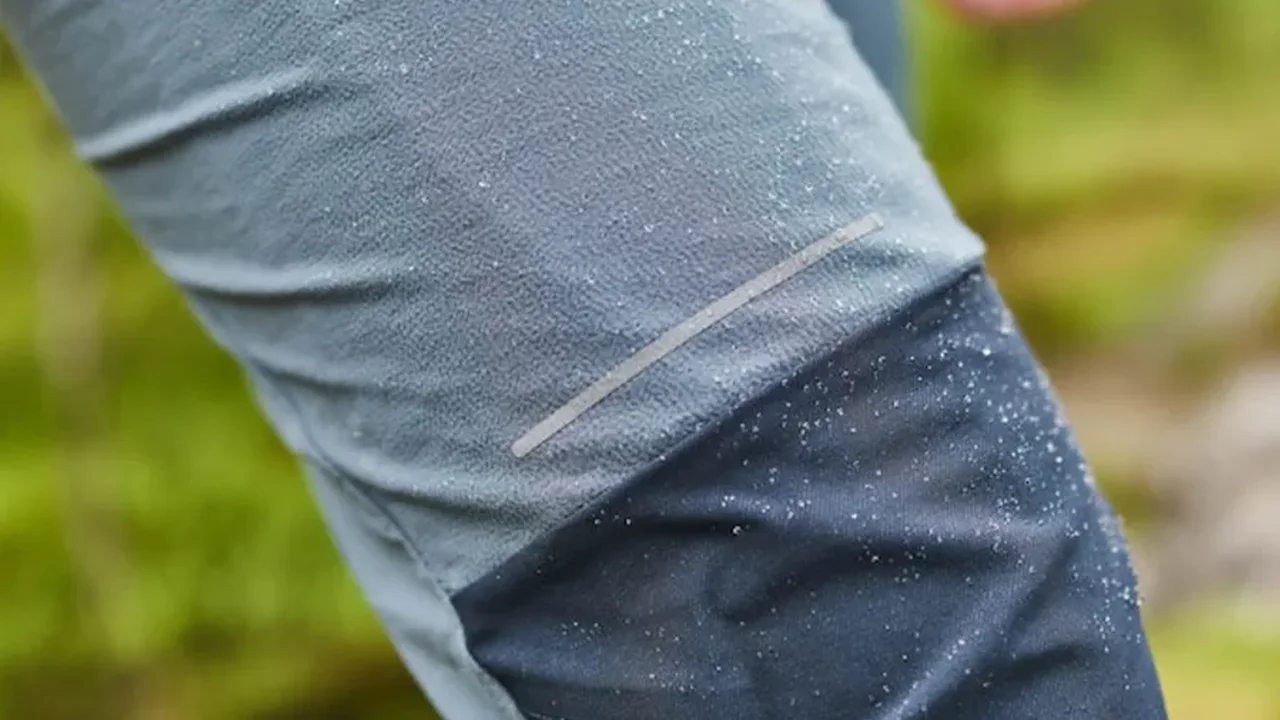Choosing the Right Wetsuit for Water Sports
Guide to choosing the right wetsuit for water sports. Compare thickness, material, and fit for surfing, diving, and cold water activities.
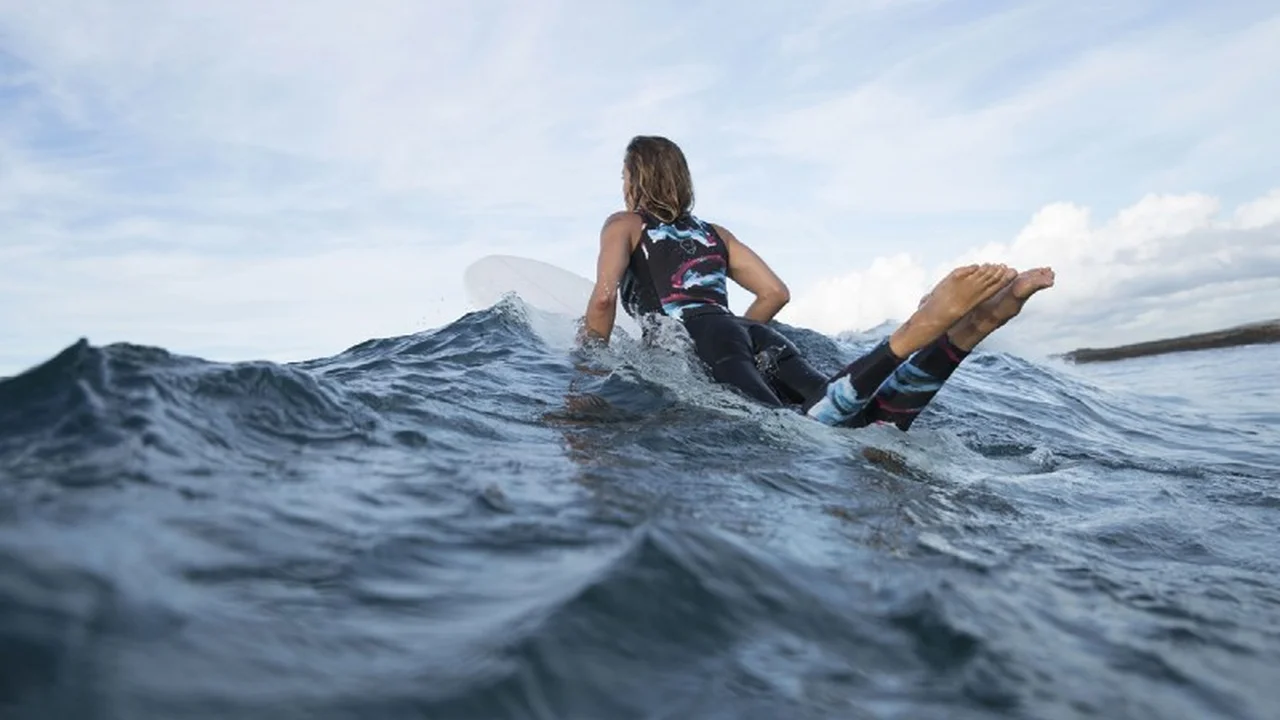
Choosing the Right Wetsuit for Water Sports
Hey there, water enthusiasts! Ready to dive into the world of wetsuits but feeling a bit overwhelmed by all the options? You're not alone. Picking the perfect wetsuit can feel like a puzzle, especially with so many variables like thickness, material, and fit to consider. But don't sweat it, we're here to break it all down for you. Whether you're a seasoned surfer, a curious diver, or just looking to stay warm during your paddleboarding adventures, finding the right wetsuit is key to comfort and performance in the water. Let's get started!
Understanding Wetsuit Thickness and Temperature Ranges
One of the first things you'll notice about wetsuits is their thickness, usually measured in millimeters (mm). This is super important because it directly relates to how much warmth the wetsuit provides. Wetsuits work by trapping a thin layer of water between your skin and the suit. Your body then heats this water, creating an insulating barrier. The thicker the wetsuit, the more insulation it offers, making it suitable for colder water. Wetsuit thickness is often expressed as two numbers, like 3/2mm or 5/4/3mm. The first number refers to the thickness of the torso area, and the second (or third) refers to the limbs. Thicker torso areas provide more core warmth, while thinner limbs allow for greater flexibility.
Common Wetsuit Thicknesses and Their Ideal Water Temperatures:
- 2/1mm or 2mm: Perfect for warm water (68°F / 20°C and above). Think summer surfing in tropical locations or warm-weather paddleboarding.
- 3/2mm: Your go-to for cool to mild water (60-68°F / 15-20°C). This is a versatile option for many spring and fall conditions, popular for surfing, wakeboarding, and general water sports.
- 4/3mm: Ideal for colder water (52-60°F / 11-15°C). If you're hitting the waves in late fall or early spring, or diving in temperate waters, this thickness will keep you comfortable.
- 5/4/3mm: Designed for cold water (45-52°F / 7-11°C). This is where you start getting into serious cold-water gear, often used for winter surfing, cold-water diving, or extended sessions in chilly conditions.
- 6/5/4mm or thicker: For the truly frigid conditions (below 45°F / 7°C). These are often drysuits or very specialized wetsuits for extreme cold, like ice diving or winter surfing in the Arctic.
Remember, these are general guidelines. Your personal tolerance to cold, activity level, and the presence of wind chill can all influence what thickness feels right for you. Always check the water temperature before heading out!
Wetsuit Materials and Construction for Performance and Durability
Most wetsuits are made from neoprene, a synthetic rubber that's incredibly flexible and insulating. But not all neoprene is created equal! Different types of neoprene and construction methods impact the wetsuit's performance, flexibility, and durability.
Types of Neoprene:
- Standard Neoprene: The basic building block. It's durable and provides good insulation.
- Superstretch Neoprene (or Ultrastretch): This is a game-changer for flexibility. It allows for a much greater range of motion, which is crucial for activities like surfing and paddling where you need to move freely. You'll often find this in the arms, shoulders, and legs of higher-end wetsuits.
- Limestone Neoprene: A more environmentally friendly alternative to petroleum-based neoprene. It's often lighter, warmer, and more flexible. Brands like Patagonia and Yulex (a natural rubber alternative) are leading the way here.
- Thermal Linings: Many wetsuits, especially those designed for colder water, feature internal thermal linings. These can be fleece-like materials that add an extra layer of warmth and comfort, and they often dry faster too.
Seam Construction:
How the panels of a wetsuit are joined together significantly affects its warmth and durability. Here are the main types:
- Flatlock Stitching: This is the most basic and least expensive. The seams are flat and comfortable against the skin, but they allow water to penetrate, making them suitable only for warm water (65°F / 18°C and above). You'll typically see this on 2mm or 3/2mm suits.
- Glued and Blind-Stitched (GBS): This is a much warmer construction. The panels are first glued together, and then stitched on the inside, with the needle not fully penetrating the neoprene. This creates a watertight seam. GBS suits are great for cool to cold water (55-65°F / 13-18°C).
- Sealed and Taped Seams: For maximum warmth and waterproofing, GBS seams are often reinforced with liquid tape or internal tape. This completely seals the seams, preventing any water entry. Essential for cold water (below 55°F / 13°C) and high-performance suits.
Finding the Perfect Wetsuit Fit for Optimal Performance
Fit is arguably the most critical factor when choosing a wetsuit. A poorly fitting wetsuit, no matter how thick or well-made, won't keep you warm and will restrict your movement. A wetsuit should fit like a second skin – snug, but not uncomfortably tight. There should be no baggy areas, especially in the lower back, crotch, or armpits, as these will allow cold water to flush through the suit, defeating its purpose.
Key Fit Considerations:
- Snugness: The wetsuit should be tight enough to minimize water flushing, but not so tight that it restricts breathing or circulation.
- No Gaps: Pay close attention to the neck, wrists, and ankles. These areas should be snug to prevent water from entering.
- Range of Motion: Once the wetsuit is on, try mimicking the movements you'll be doing in the water. Can you paddle freely? Can you bend and stretch without feeling restricted?
- Creases: A few small creases are normal, especially around the joints, but large wrinkles or baggy areas indicate a poor fit.
Remember, wetsuits can be tricky to put on, especially when dry. Don't confuse difficulty putting it on with a poor fit. If it feels like a struggle but then fits snugly once on, that's usually a good sign. If it's too easy to put on, it's probably too big.
Wetsuit Entry Systems: Back Zip, Chest Zip, and Zipperless
The way you get into your wetsuit also impacts its warmth, flexibility, and ease of use. Each entry system has its pros and cons.
- Back Zip: This is the most common and easiest entry system. A long zipper runs down the back, making it simple to get in and out. However, the long zipper can be less flexible and may allow for more water flushing compared to other systems. Great for beginners or those prioritizing ease of use.
- Chest Zip: Becoming increasingly popular, especially in performance wetsuits. The zipper is shorter and located across the chest, requiring you to pull the top part of the suit over your head. This system offers better flexibility and significantly reduces water flushing, making it warmer. It can be a bit trickier to get into at first, but you'll get the hang of it.
- Zipperless: The ultimate in flexibility and warmth. These suits have no zippers at all, relying on super stretchy neoprene and clever design to get in and out. They offer unparalleled freedom of movement and minimal water entry. However, they are the most challenging to put on and take off, and usually the most expensive. Reserved for serious athletes who prioritize performance.
Specific Wetsuit Features to Look For
Beyond the basics, many wetsuits come with additional features that enhance comfort, warmth, and durability.
- Knee Pads: Reinforced knee areas protect the wetsuit from wear and tear, especially important for surfers and divers.
- Ankle and Wrist Seals: Tighter seals or O-rings at the extremities further reduce water flushing.
- Key Pocket: A small, often internal, pocket for your car key or other small essentials.
- Drainage Holes: Small holes in the ankles or other areas to allow trapped water to escape.
- Smoothskin Panels: Shiny, rubbery panels (often on the chest and back) that absorb solar heat and repel wind, adding warmth. Common in surfing wetsuits.
- Hoods: Integrated or separate hoods are crucial for cold water, as a significant amount of body heat is lost through the head.
Recommended Wetsuits for Different Water Sports and Budgets
Alright, let's talk about some specific wetsuits that stand out in the market. We'll cover options for different activities and price points, giving you a good starting point for your search.
For Surfing Enthusiasts:
Entry-Level Surfing Wetsuit: O'Neill Reactor II 3/2mm Back Zip Full Wetsuit
If you're just getting into surfing or looking for a reliable, affordable option for warmer waters, the O'Neill Reactor II is a fantastic choice. O'Neill is a legendary brand in the wetsuit world, known for quality and durability. This 3/2mm back zip suit is super easy to get into, making it perfect for beginners. It uses O'Neill's FluidFlex 2 and Fluid Foam neoprene, which offers a good balance of flexibility and warmth for its price point. The flatlock stitched seams mean it's best for water temperatures above 60°F (15°C), but it's a workhorse for summer and shoulder-season sessions. You can usually find this for around $120 - $180 USD, depending on sales and retailers. It's a solid investment that won't break the bank.
Mid-Range Surfing Wetsuit: Rip Curl Flashbomb Heat Seeker 4/3mm Chest Zip Wetsuit
For those serious about surfing in colder conditions and wanting top-tier performance without going full pro, the Rip Curl Flashbomb Heat Seeker is a dream. This 4/3mm chest zip suit is packed with features designed for warmth and flexibility. The E7 Flash Lining throughout the suit is incredibly warm and dries super fast, so you're not putting on a soggy suit for your second session. The E7 neoprene is Rip Curl's most advanced, offering insane stretch. All seams are E7 Flash Lining taped for maximum warmth and durability. This suit is ideal for water temperatures from 50-60°F (10-15°C). Expect to pay in the range of $450 - $600 USD for this level of technology. It's an investment, but one that pays off in comfort and extended water time.
For Diving and Scuba Adventures:
Recreational Diving Wetsuit: Mares Explorer 5mm Back Zip Wetsuit
When it comes to diving, warmth and durability are paramount. The Mares Explorer 5mm is a great all-around wetsuit for recreational divers in temperate to cool waters (around 60-70°F / 15-21°C). This suit features a robust back zip for easy donning and doffing, which is a big plus when you're geared up. It's made from high-quality neoprene that provides excellent thermal insulation. The pre-formed cut ensures a comfortable fit that minimizes water circulation, and the reinforced knee pads add durability for kneeling on boat decks or rocky surfaces. Mares is a well-respected brand in the diving community, known for reliable gear. This wetsuit typically retails for about $250 - $350 USD. It's a solid choice for anyone looking for a dependable diving wetsuit.
Cold Water Diving Wetsuit: Scubapro Everflex 7/5mm Hooded Front Zip Wetsuit
If you're venturing into colder diving environments, the Scubapro Everflex 7/5mm is a fantastic option. This suit uses a multi-thickness design (7mm in the torso, 5mm in the limbs) to provide maximum core warmth while maintaining flexibility. The integrated hood is crucial for heat retention in cold water. It features a semi-dry front zipper that significantly reduces water entry, making it much warmer than standard back zips. The Everflex neoprene is known for its stretch and durability, and the glued and blind-stitched seams are reinforced for superior water sealing. This wetsuit is designed for water temperatures below 60°F (15°C). Given its advanced features and cold-water capability, expect a price range of $500 - $700 USD. It's a serious piece of gear for serious divers.
For Paddleboarding and Kayaking:
Versatile Paddle Sports Wetsuit: NRS 3.0 Farmer John/Jane Wetsuit
For paddle sports like kayaking, stand-up paddleboarding (SUP), and rafting, flexibility and freedom of movement are key, especially in the arms and shoulders. A Farmer John (men's) or Farmer Jane (women's) style wetsuit is often preferred because it's sleeveless, allowing for unrestricted paddling. The NRS 3.0mm Farmer John/Jane is a popular choice. It's made from 3mm high-stretch neoprene, providing excellent warmth for cool to cold water (50-65°F / 10-18°C) while keeping your arms free. The durable flatlock seams are comfortable, and the reinforced seat and knee areas add longevity. It's easy to layer under a splash jacket for added warmth or sun protection. These suits typically cost around $150 - $220 USD. They're incredibly versatile and a staple for many paddlers.
Lightweight Performance Wetsuit: Xcel Comp X 2mm Short Sleeve Fullsuit
For warmer weather paddleboarding or kayaking where you still want some core warmth and sun protection, a short sleeve fullsuit like the Xcel Comp X 2mm is a great option. This suit offers the warmth of a fullsuit in the legs and torso but with short sleeves for maximum arm mobility and ventilation. Xcel is known for its super stretchy neoprene, and the Comp X line is designed for performance and comfort. The glued and blind-stitched seams provide good water sealing for a 2mm suit. It's ideal for water temperatures from 65°F (18°C) and up. You can usually find this suit for about $180 - $250 USD. It's a fantastic choice for those who want a bit more coverage than a springsuit but still prioritize flexibility and ease of movement.
Wetsuit Care and Maintenance for Longevity
Once you've invested in a great wetsuit, you'll want to make sure it lasts. Proper care is essential for extending its lifespan and keeping it performing its best.
Tips for Wetsuit Care:
- Rinse Immediately: After every use, rinse your wetsuit thoroughly with fresh, cool water. Saltwater, chlorine, and sand can degrade the neoprene over time.
- Avoid Hot Water: Never wash your wetsuit in hot water or put it in a washing machine or dryer. High heat can damage the neoprene and glue.
- Use Wetsuit Cleaner: Occasionally, use a specialized wetsuit cleaner to remove odors and bacteria.
- Dry Properly: Hang your wetsuit on a wide hanger (not a thin wire hanger, which can crease the shoulders) in the shade, away from direct sunlight. Sunlight can break down neoprene. Hang it inside out first, then flip it to dry the outside.
- Store Flat or Rolled: For long-term storage, it's best to store your wetsuit flat or loosely rolled to prevent creases and damage to the neoprene. Avoid folding it tightly.
- Be Gentle: When putting on or taking off your wetsuit, be gentle. Avoid pulling too hard on the seams or using your fingernails, which can tear the neoprene.
By following these simple care tips, your wetsuit will stay flexible, warm, and ready for countless adventures in the water. Happy shredding, diving, and paddling!
:max_bytes(150000):strip_icc()/277019-baked-pork-chops-with-cream-of-mushroom-soup-DDMFS-beauty-4x3-BG-7505-5762b731cf30447d9cbbbbbf387beafa.jpg)



